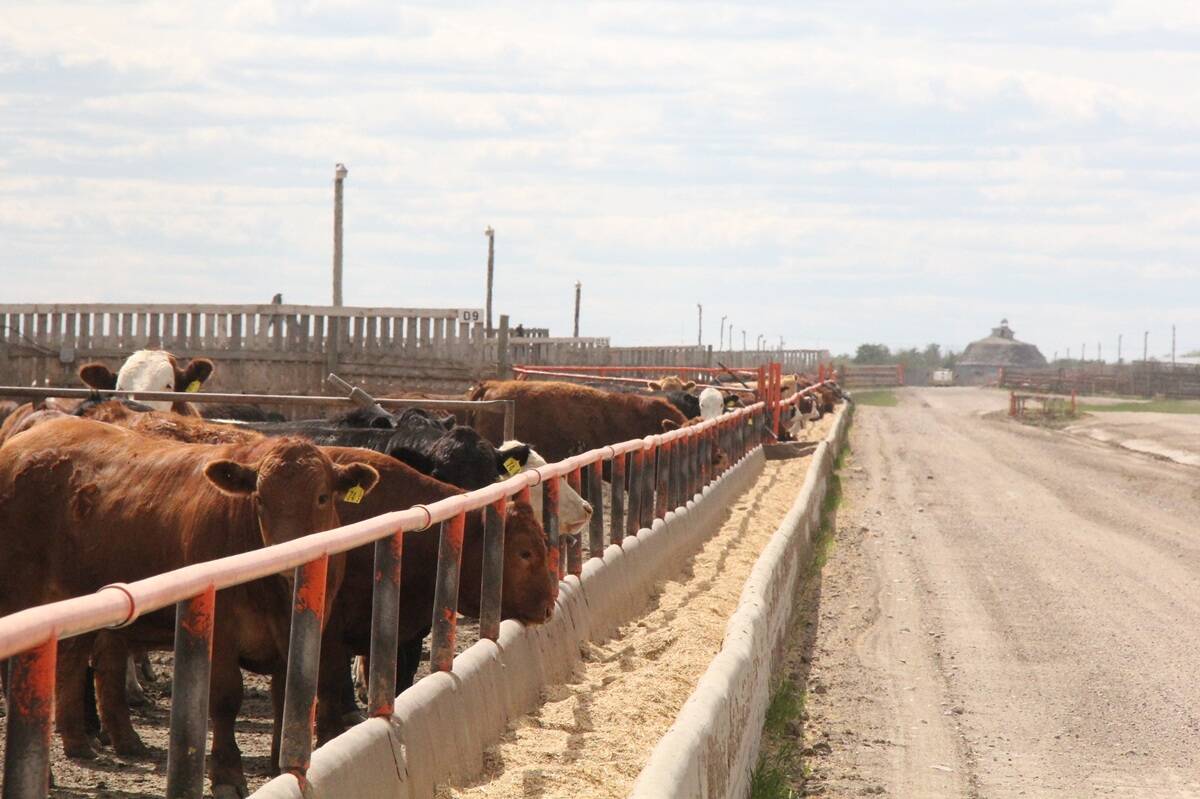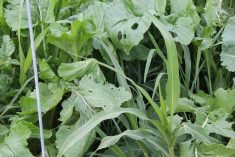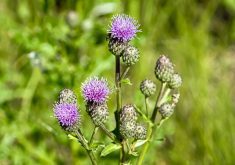A new paper published by the University of Alberta discusses how adaptive multi-paddock (AMP) grazing can increase soil nutrient availability, soil bacteria and fungi and quicken the carbon cycle.
The lead researcher on this paper, Upama Khatri-Chhetri, has been involved with many different projects at the university looking at the benefits of AMP grazing.
For this study, Khatri-Chhetri and the team found that AMP grazing versus conventional grazing resulted in lower ratios of microbial biomass carbon. Higher stock densities also increased the ratio of bacteria to fungi, and that has implications for carbon sequestration.
Read Also

Unwinding the fibre in feedlot cattle diets
Research into how barley rolling method and undigestible NDF levels affect animal performance and digestive health in finishing diets
For the study, the team went to 30 ranches across the Prairies — 15 that practice AMP grazing, and 15 neighbouring ranches that grazed conventionally.
“There does appear to be a slight increase in the amount of carbon stored in the adaptive multi-paddock grazing systems. They were also seeing some other benefits … the amount of forage production looks to be quite significant,” says Dr. Cameron Carlyle, an associate professor at the university’s faculty of agriculture. “So that could be beneficial for producers.”
This happens because fungi and bacteria are sensitive, so when AMP grazing creates changes in above-ground biomass, it affects below-ground biomass.
“Fungal communities are more sensitive than bacterial communities to physical disruption and nutrient inputs to soil,” Khatri-Chhetri says. “Further, AMP grazing is known to improve soil moisture and litter availability on the soil surface which directly influences soil microbial communities.”
Speeding up carbon cycling
Khatri-Chhetri explains that microbial communities facilitate organic decomposition in the soil. Fungi are slow carbon cyclers, involved in the later phase of carbon decomposition. Bacteria, on the other hand, are the “immediate community,” so they start the decomposition.
“What happens with the decomposition is first bacteria will take over and slowly carbon becomes more complex and the fungi are the ones which will take over later on. So that’s how these micro-communities are affecting carbon storage in the soil,” Khatri-Chhetri explains.
Carlyle says as a result, AMP grazing makes the carbon cycle faster.
“Preliminary results have shown that the adaptive multi-paddock grazing sort of shifts the system to one that is moving a little bit faster. The carbon that’s in the system is more accessible to micro-organisms in the soil. And that’s leading to relatively more bacteria in the system than the fungi.”
The effect that fungi and bacteria have on carbon cycling is one way AMP grazing improves soil health. Other reasons Khatri-Chhetri gave for the improvement of soil health is the effect of fungi, which decompose organic matter, protect plants against biological agents and pathogenic micro-organisms, as well as improving soil nutrient uptake and aggregate stability.
“Soil microbes (fungi and bacteria) play a major role in soil ecosystem processes and services such as organic matter decomposition, nutrient cycling, and carbon and nitrogen cycling, and can structure ecosystem composition like plant diversity,” Khatri-Chhetri explains.
Khatri-Chhetri has done more research into this topic. She hopes to release a paper later in the year, which looks even deeper at the types of fungi and types of bacteria available in the soil.

















